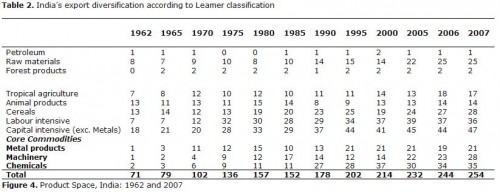Table 1. China’s export diversification according to Leamer classification
Figure 3. Product Space, China: 1962 and 2007
a) 1962

b) 2007

Source: Hidalgo et al. (2007) and authors’ calculations
Table 2. India’s export diversification according to Leamer classification
Figure 4. Product Space, India: 1962 and 2007
a) 1962

b) 2007

Source: Hidalgo et al. (2007) and authors’ calculations
Giants without industrial policy?
China and India are undergoing deep structural transformations. China has been able to do it by using manufacturing as its engine of growth and absorbing surplus labour from the rural areas. It has done it by both exploiting its comparative advantage in labour-intensive activities and by defying it. Without the latter, it would not have been able to establish a foothold in a wide number of core products. This was made possible under the planning system.
While industrialisation on the scale seen in China has not yet taken place in India, the focus on heavy-machinery based industrialisation and emphasis on tertiary education has allowed it to build capabilities that, post-reforms, have led to its expansion into core activities. India’s failure lies in not being able to exploit its comparative advantage in the labour-intensive sectors, even after reforms.















